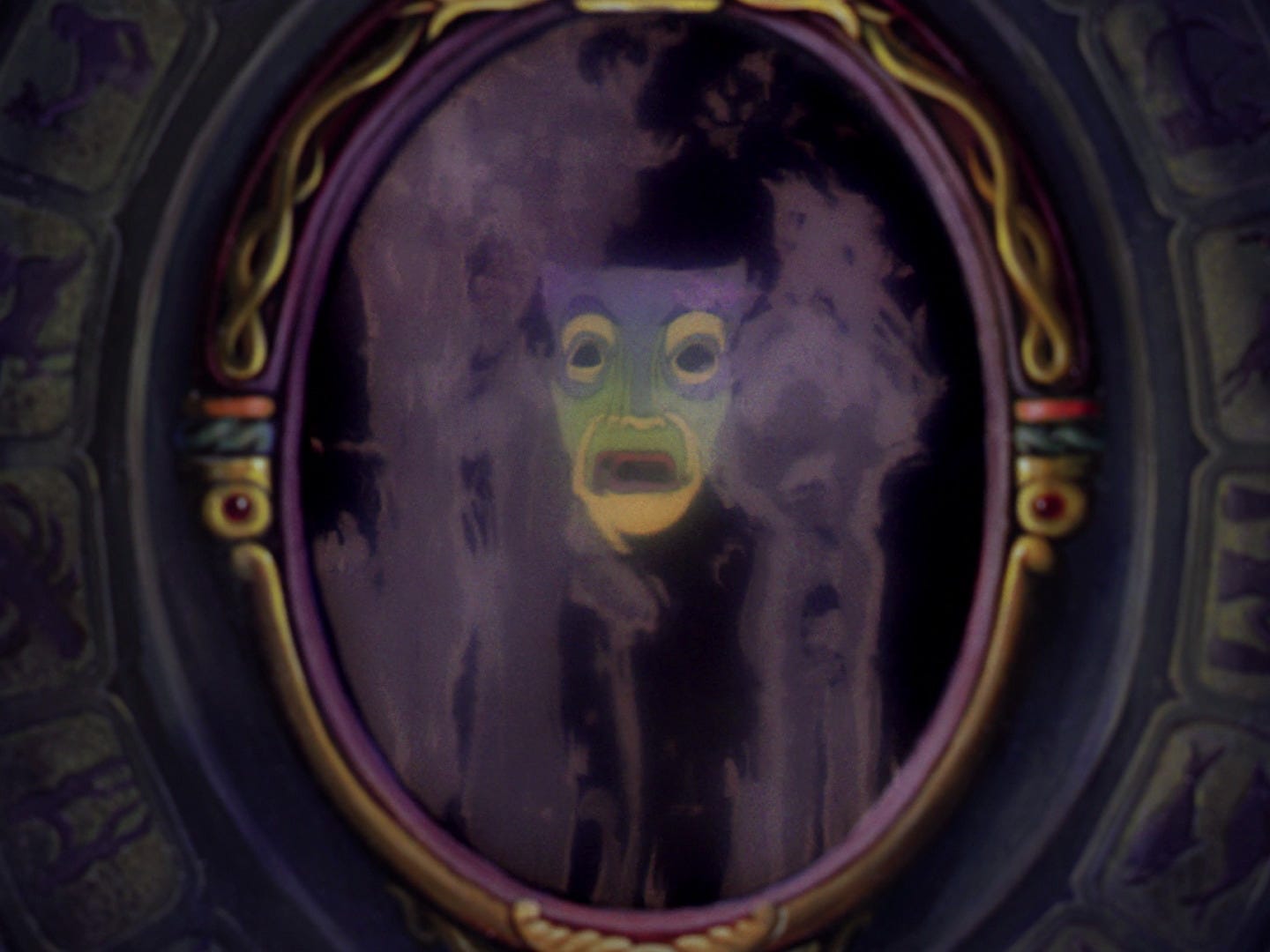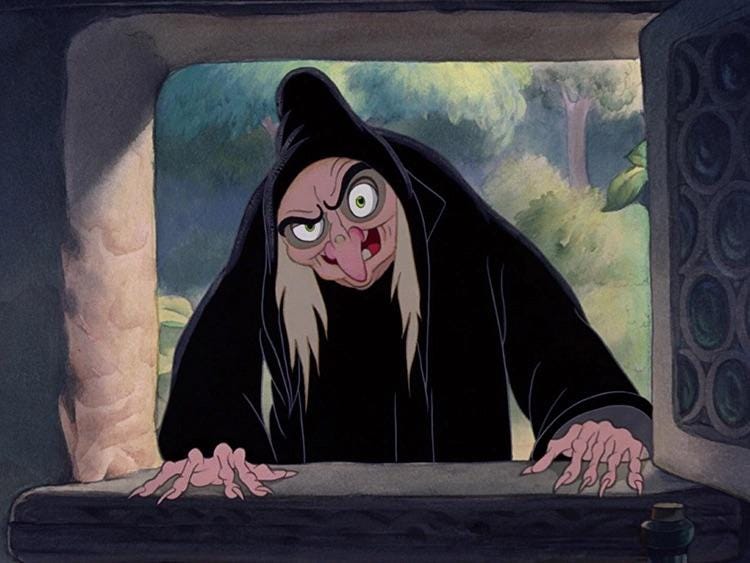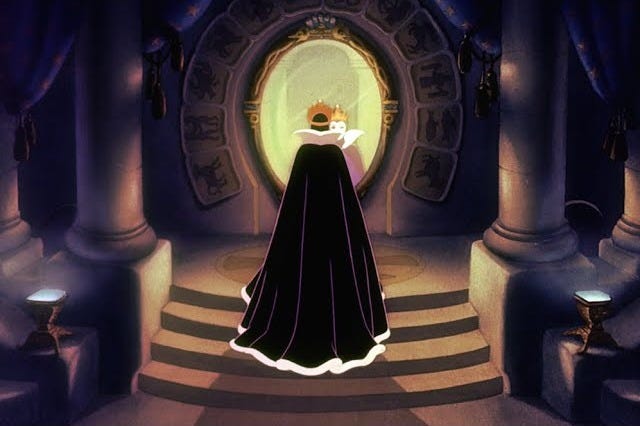As you may know, I’m currently studying my Master’s in counselling. I have been reading about human development and how cognition, society, and relationships contribute to an individual's internal world and personality. In my prescribed textbook, I noticed a lack of attention paid to how the patriarchy, white supremacy and capitalism affect the lives of women and girls in particular when discussing mental health in adolescents. The book cited being “more social”, having “lower self-esteem”, and engaging in more “self-blame” as reasons why double the amount of girls over the age of 12 experience depressive symptoms than their male counterparts (1). I had seen similar ideas in other textbooks and had a male classmate comment that the young woman in the video we watched may have exaggerated her symptoms of anxiety to be seen as special. In other words, it’s her fault she’s anxious or depressed, and her mental health issues have nothing to do with systems of oppression.*
In my own life, I am currently moving through what is best described as an identity crisis. I am juggling the feeling of worthlessness when the work dries up, the joy in finally feeling on top of things, the fear of sharing the load with others, and confronting the fact that the future is unclear and unknowable. I’ve been working on trying to see when things are fair or unfair. If they are unfair or out of my control, I try not to take that on as a personal failure. These ideas are undeniably tied to my womanhood. I’ve been reckoning with unfairness: how the system works in favour of white people, mainly men, and how I contribute to that just by living. Women experience a particular kind of devaluation. Even in my privileged position, I feel a need to prove to others that I am intelligent and capable of making the right decisions and not a large sausage that accidentally rolled into the meeting room like they treat me to be.
*There are plenty of other books and theories to support this, like Critical Race Theory.
Parataxic distortion
/ nounThe inclination to skew perceptions of others (or what others think of them) based on fantasy.
When I learned of parataxic distortions, I thought about the Magic Mirror in Snow White, and the mask inside it.
Within it dwells its slave, an imprisoned spirit (resembling a theatrical mask, surrounded by smoke and fire) who always speaks the truth, normally in verse form.
Snow White (1937)
Every morning, the Evil Queen asks the mirror “who is the fairest of them all?” The “fairest” here means most beautiful (and just happens to be a word for light skin). Every morning, the mirror says she is. Until one day, when Snow White is seven years old, the mirror tells the Queen that Snow White is now the fairest of them all. The Queen disguises herself as an ugly old crone and attempts to kill Snow White with a poison apple. She fails to do so. In the 1937 Disney movie, she falls to her death after a lightning strike. The Brothers Grimm version, published in 1812, ends with the Prince ordering the Queen to wear iron-hot slippers and dance herself to death.
Knowing how the world treats women, how do we know what the mirror is saying IS the truth?
The Queen calls him a slave, as she believes she has control over him. However, it becomes clear that the mirror catalyses her demise. The mask reminds me of the witches in Macbeth. They say the prophecy, Macbeth wants it to be true, and so he carries out the actions needed to fulfill what they have told him would happen. I believe the witches to be tricksters, and not necessarily supernatural. He quite literally took what they said and ran with it.
The Queen believes the mask to be a slave, yet he says one thing to make her completely lose her mind and ultimately dies because of it. Presumably, the mirror is now free of her. The trickster mirror has a lot more power than we are led to believe.
Shrek 5 Cast Announcement Video on Universal Pictures YouTube Channel
The Queen is portrayed as vain for being obsessed with her beauty. Yet we live in a world that heralds youth and beauty over everything else. Women are valued based on their appearance. At seven years old, Snow White is revered by the masculine as beautiful. At this age, girls are on the cusp of puberty and become more aware of how they look and how they are perceived because of it. The older and “uglier” you get, the less desirable and useful you become. Understandably, the Queen (a person who presumably garners a lot of attention and scrutiny in her position) would be anxious about how beautiful she was thought to be, as it is the most tangible power she possesses.
The mirror is a symbol of our societal standards of women: pitting us against each other through comparison. A tiny voice in the dark tells us we are not beautiful or young or white enough, that there are others out there who are more beautiful than we can ever be. It’s the voice you hear when you look in the mirror, or lie in bed at night, or scroll Instagram.
The Evil Queen, as her name suggests, is villainised for her “vanity” and ruthless pursuit of Snow White. She notably disguises herself as an ugly old woman so that Snow White sees her as a harmless granny-type, yet the audience knows from thousands of years of storytelling that the hag (in this case) is not to be trusted. The villainisation of the Queen is an example of the pervasive and sinister effort to suppress the feminine over hundreds of years by a patriarchal power.
Snow White (1937)
The Hag archetype is deeply rooted in ancient folklore and mythology, dating back thousands of years. The archetype emerged from pre-Christian beliefs and nature worship. These early cultures often revered older women as wise and powerful figures, connecting them with the cycles of life, death, and rebirth. However, as patriarchal societies developed, these feminine archetypes were demonised.
In Snow White, the Queen is the bad guy, and no attention is paid to the mirror that put her on that path. The mask in the mirror is covert, mysterious, and without identity. It’s a great metaphor for misogyny. If you’ve watched Adolescence or been on the internet at all, you have seen how insidious it can be.
The mask is the masculine, which can be applied to the collective consciousness, but it can also be the masculine within ourselves. In the ending of the Brothers Grimm Tale, the Evil Queen dances herself to death. The masculine does that to us all collectively, as we work and produce for constant growth and go go go, but also when we dance and dance to keep up with beauty standards, like when people literally cut their faces off and staple it back on to appear younger.
The masculine within us also forces us to dance, when we ignore our wants and needs to keep going. When we starve ourselves instead of nourishing ourselves. When we go out when we need to rest. When we commit to things we don’t want to do. We imprison ourselves in hot iron-shoes. We are only compassionate to the desirable or positive parts of ourselves. We berate ourselves for being sad or jealous or angry and wish we would just be happy.
Snow White (1937)
Liked this? Check out:
Evil stepmothers
As part of my three part series, I’m discussing three iconic feminine archetypes in fairy tales and storytelling, how they relate to each other in relation to the trinity of the female psyche (maiden, mother, crone).
Hags: what's a woman worth?
It is said that when our body stops releasing blood and making life, it stays within us to create wisdom.
An Advanced Lifespan Odyssey for Counselling Professionals by Bradley Erford (2016) p. 270













I love your interpretation of this fairytale! The beauty of fairytales and folklore is how multilayered they are with symbolism that through different lenses we can extract deeper or different meanings.
I think you make a good point about the mirror as you described how it is displayed in the Disney Snow White original film with smoke and theatrical mask, it’s alluding to the concept of “smoke and mirrors” false realities or that very trendy word nowadays “misinformation” - the stories we tell ourselves planted in the subconscious by who? Often the who is a collective. But I also like how you drew a parallel in the hot iron shoes we all wear dancing to the tune of the pied piper, in this case capitalism that for both men and women, keeps us busy hustling to make ends meet, with the threat of competition always looming as the Queen evidently feels with a younger beautiful princess awaiting the throne. Mirrors even in ancient times have been used for spell work and divination, every shaman wore mirrors on long necklaces or on their waist like a belt. They were used to deflect or trap evil spirits, to scry into the future or nowadays the black mirrors we all hold in the palm of our hands (the apple, the iPhone) that went from the black screens of the tell a vision sets in our living rooms to now hand held de-vices that tell us everyday how we should feel, and when we look at ourselves through them, when we take a selfie on our Apple de-vice it distorts the truth of what and who we are.